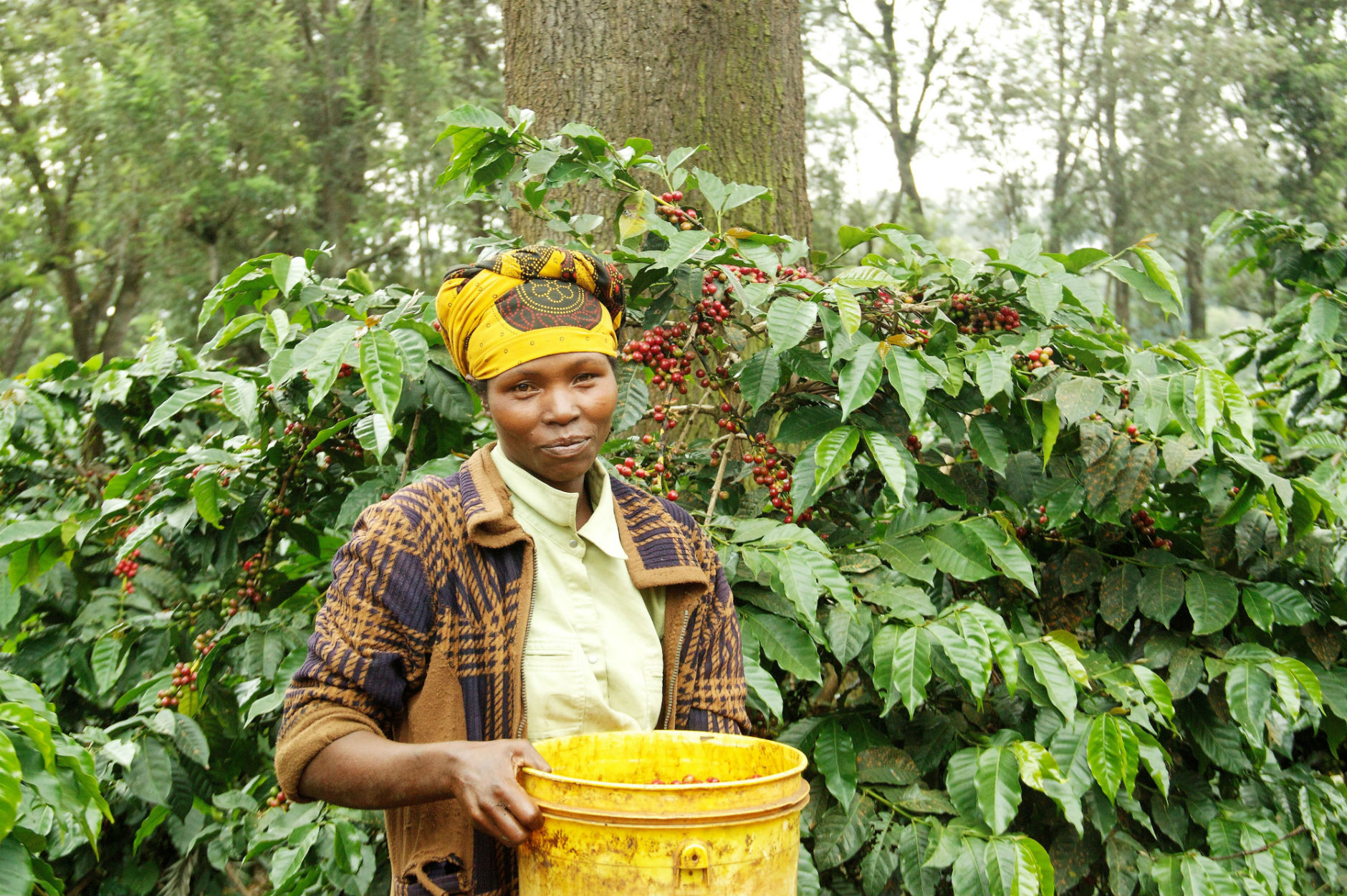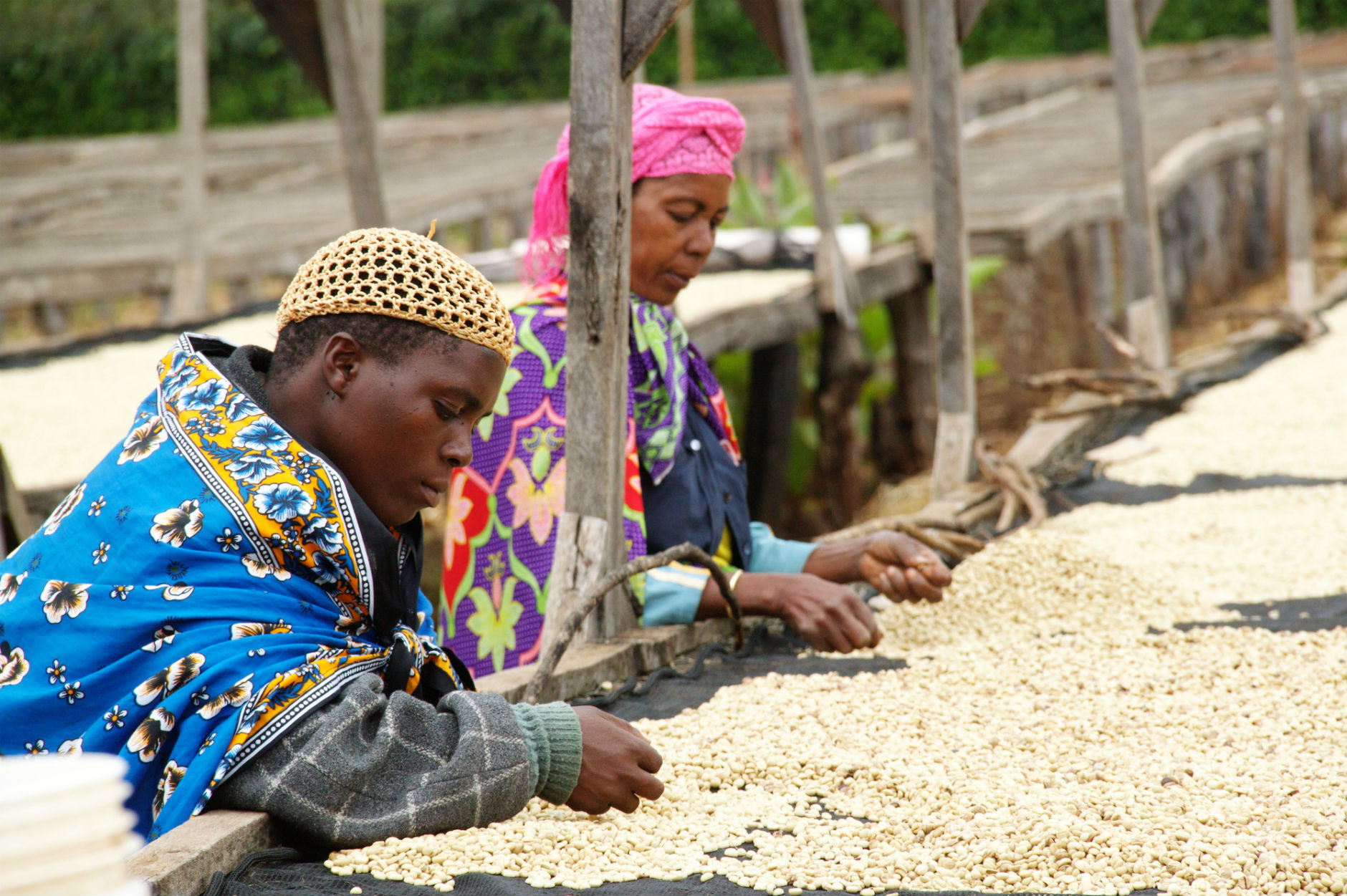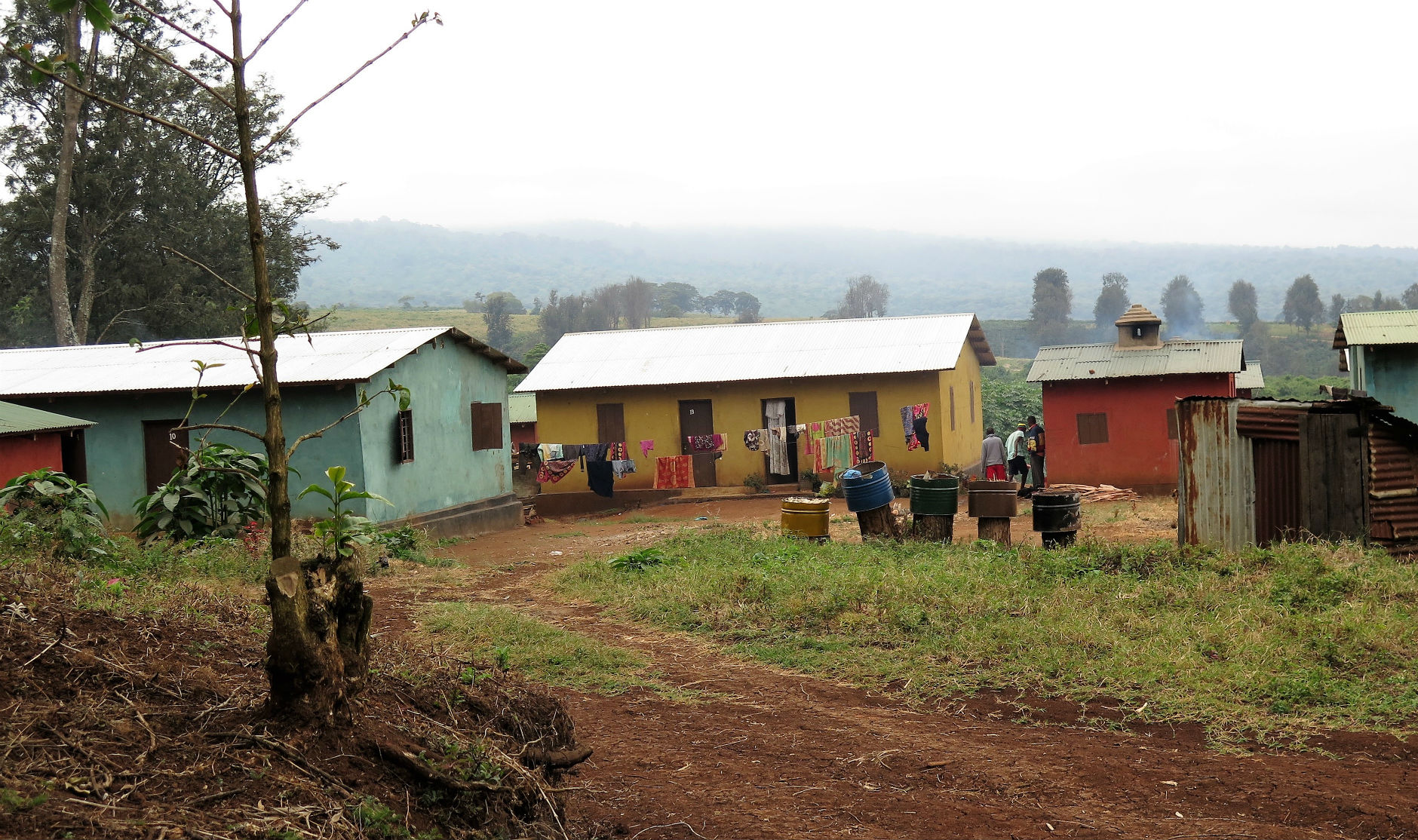Tanzania Ngorongoro Neel Vohora Ethiopian Landrace Crown Jewel
Boxes 0
Warehouses Oakland
Out of stock
intro
We’ve featured the Vohora family a number of times in our Crown Jewel lineup lately. Their coffee is great, their farms are beautiful, and their longevity as a family-run business in production and export mirrors the ethos of Royal.
This particular selection highlights the intersection of terroir and cultivar, as it is a wild-harvested coffee from the Yirgacheffe region of Ethiopia, planted and cultivated on the slopes of the Ngorongoro caldera in Northern Tanzania. It has that lovely characteristic floral note we crave from coffees grown in southern Ethiopia, paired with a light herbal background and some of the pear-like and smooth chocolaty viscosity we have come to associate with coffees from the Vohora’s farms.
Neel and his sister Kavita joined me and about 50 other international coffee producers in 2014 on Intelligentsia’s annual ECW – the Extraordinary Coffee Workshop – for a weeklong journey through the streets of Addis Ababa and the dusty country roads of Sidama and Gedeo. You’ve likely already guessed the most popular souvenir: coffee seeds, plucked from ripening fruits growing on trees in the semi-forested slopes of Ethiopia’s southern coffeelands. So that’s the story of this selection.
As far as the story of the farms: since 1971, the Vohora’s have owned about 1000 acres of farmland on the southern exterior slopes of the Ngorongoro caldera near the town of Karatu in Tanzania’s lush rift valley. The farms possess Rainforest Alliance certificate, and the family and their 50+ full-time employees on the farm have done a remarkable job of upkeep and preservation of natural beauty while also running a thriving coffee business. They are diversifying into Macadamia, provide temporary housing for harvest labor, and even supply land on the farm for local smallholders to grow beans – a mutually beneficial crop as the legumes fix nitrogen in the soil, a critical step in a healthy cycle of crops.
Neel’s sister Kavita runs the dry mill, roasterie, and export business from Arusha, a two-hour drive away from the farms. Their father, Ajai, lives in nearby Nairobi, Kenya, and is still very much involved in the business of exporting coffee as well, and has been instrumental in maintaining the relationship. Kavita is a licenced Q Grader, a meticulous cupper and quality agent, a lively companion for a glass of wine, and a mother. She keeps a small army of pets around the office, including terriers and ducks. Neel, an excellent cook and vivacious host, is also a knowledgeable farmer with a persistent drive to experiment, has staffed the estate with experienced management. He’s also fond of dogs and has a beautiful and rambunctious Rhodesian Ridgeback that stays on the farm.
green
Some interesting oddities here: very homogenous distribution between screens 16-19 is a little larger than I usually expect to see from traditional Ethiopian landraces. The wide size spread likely speaks to the limited amount of coffee, and trying to keep as much of the cleaned coffee as possible included in the lot regardless of its size. The coffee is relatively low in density and moderate in terms of moisture with a slightly elevated water activity.
Here, as with the Ethiopian Crown Jewel selections we’ve highlighted in the past, I’ve begun to shy away from the term “heirloom” in most cases, as it does a disservice to the wide array of genetic variation and significant work steeped in Ethiopia’s forests and mountains. Many so-called “indigenous heirloom varieties” are in fact hybrids or selected cultivars. That being said, there’s probably a sense in which many Ethiopian cultivars have indeed been passed down generationally through the hands of small farmers, preserving locally unique genetic material. Most plant biologists prefer to use the term “landrace” to describe these types of local selections, born of circumstance or necessity.
taste
probatino

This week we feature another delight from the Vohora family in Tanzania. This coffee from Neel Vohora takes advantage of the floral and fragrant aromatics found in traditional Ethiopian undocumented landrace varieties (see Chris’ note above about moving away from the term ‘heirloom varieties’), a larger screen size (spread mainly between 16 & 19). That being said, there are still a large variety of bean sizes to contend with, not to mention a moderate amount of moisture. Still, even though this was only the second roast of the day on a machine that had not had a chance to idle for quite as long as I would like, the coffee didn’t need very much of my help at all!
I wanted to be able to take advantage of the floral and fruit notes that I had previously tasted, so I approached my first roast of this coffee with a far higher gas application that it needed, it sped straight through, paying no attention to my futile attempts to reign it in. Back to the drawing board!
For this roast, I left that gas at the minimum setting I use on the Probatino, 2, and didn’t touch it until about 45 seconds after coloring. Taking my cue from assumption, rather than data, I turned the coffee right down at first crack, as it had taken off before, I assumed that my alacrity in backing off on the gas entirely was justified. This was not the case, for while the coffee does indeed have the temperament to race after first crack, it also releases enough steam to impact your roast during the PCD phase to reduce the rate of change (rise) significantly about 30 seconds into first crack. My suggestion would be to back off before first crack and then reintroduce a small amount of gas as first crack starts to roll, if you want to increase your PCD ratio. I was less successful with my timings, and so, in order to eke out 14% PCD, I had to reintroduce a little heat, but doing so late left me with little room to manoeuvre.
To the cups; after all, that’s where the proof lies. Success – not that I couldn’t play with this coffee more to really perfect the profile. That being said, I was happy with this roast as a foundation on where to take further exploration of this coffee’s potential. Lots to build on: we found floral, as well as, peach and apricot notes, which you might expect. But this smooth, juicy cup also yielded chocolate, malt, raisin, fig jam, grape popsicle, raisins and gummies! This coffee will make you dive into more than one cup. It’s a crowd-pleaser and delivers a full, complex and balanced filter. Try as a pourover, or batch brew in the morning or as a long iced coffee on these last summer days.
quest m3s
Unless otherwise noted, I follow a set standard of operations for all my Quest roasts. Generally, I’ll allow the machine to warm up for 15 minutes until my environmental temperature reading is at least 250F, weigh out 150g batch size, and begin roasting when I’ve reached my desired charge temperature. Read my initial post here.
This coffee was a veritable rollercoaster, but my new roasting technique is getting the results I expected. While this new method takes a bit of planning and attention to detail, I feel that this might be the technique I stick with:
I begin with maximum airflow as I charge the drum with coffee. At turning point, I kill the fan and open the back of the roaster to cut airflow entirely. Depending on how well I suspect the coffee to take on heat, I reintroduce airflow when the bean temperature reads from 230F – 260F. From this point, I generally ramp up airflow until I hit full fan speed around 310F.
I then begin ramping down heat application to 7.5A, or if there is enough momentum, cut heat application entirely around 365F – 395F. This last drop in heat application really depends on the coffee: some natural coffees really don’t need much of a push, and other types of coffee need steady heat application for much longer. If you want some deeper reading on this, I would suggest Chris’ article on Density, specifically the ‘Qualitative Significance’ section.
For this particular coffee, I followed the above operations. Fan full at charge, back open at turning point, back closed at 2:30/245F, fan to 3 at 3:00/265F, 7.5A at 3:40/290F, fan full at 4:15/310F, and zero amps heat application at 8:35/395F. Crack at 8:02/385.5F. Drop at 9:18/404.3F.
A few notable things happened during this roast. The most remarkable was that while we usually see a small spike in rate of rise just before first crack, this coffee really started to take off – and kept rising until halfway through post-crack development. This was despite my completely cutting off heat application at 395F. Keep in mind that this coffee will really keep its momentum after crack!
The other was that despite the wide variation in screen sizes, this coffee didn’t produce as much ‘drag’ as I was expecting – meaning that coffees with a wide screen size distribution can sometimes produce longer roasts. This coffee takes on heat well, and didn’t need too much prompting to get through drying phase. For more on this topic, see Chris’ article on Screen Size, specifically the ‘Effects on Roasting and Cup Quality’ section.
On the cupping table, this coffee performed well. Apricot, bergamot, and jasmine made appearances in our cupping notes, and despite my short post-crack development time, plenty of sugars came through.
This is a great coffee. Keep an eye on heat application while roasting it, however. It can really take off if you don’t watch out!
brew
I brewed this coffee on Hario V60s hoping to clearly showcase its character and the difference between the two roasts. We were fortunate to have a few of our green coffee customers at The Crown while brewing. It was a real treat to push this special coffee their way. The different roasts clearly showed some pretty different tasting notes – peep the graph above.





